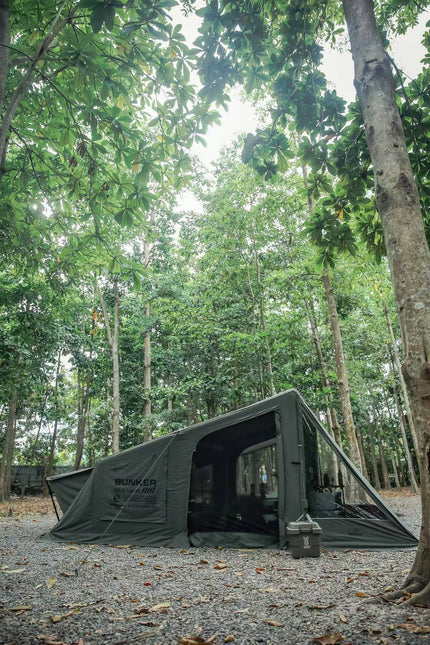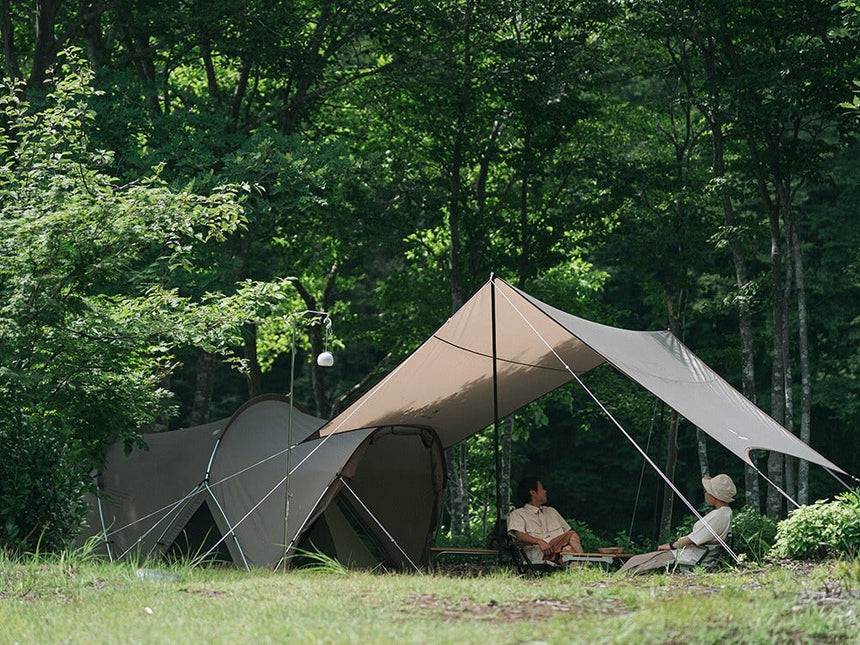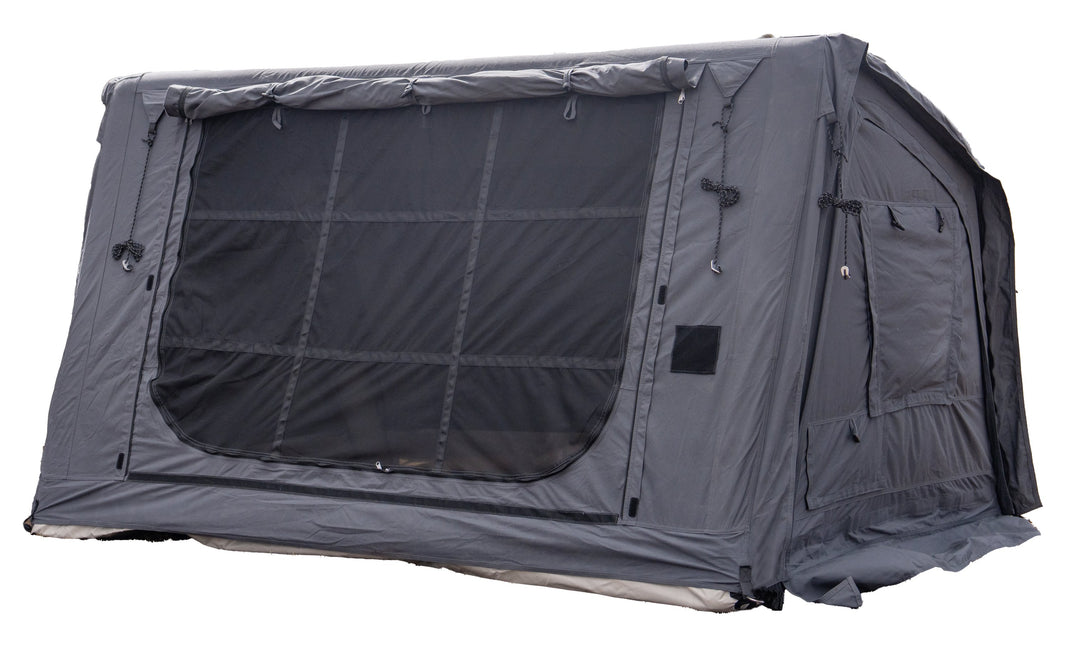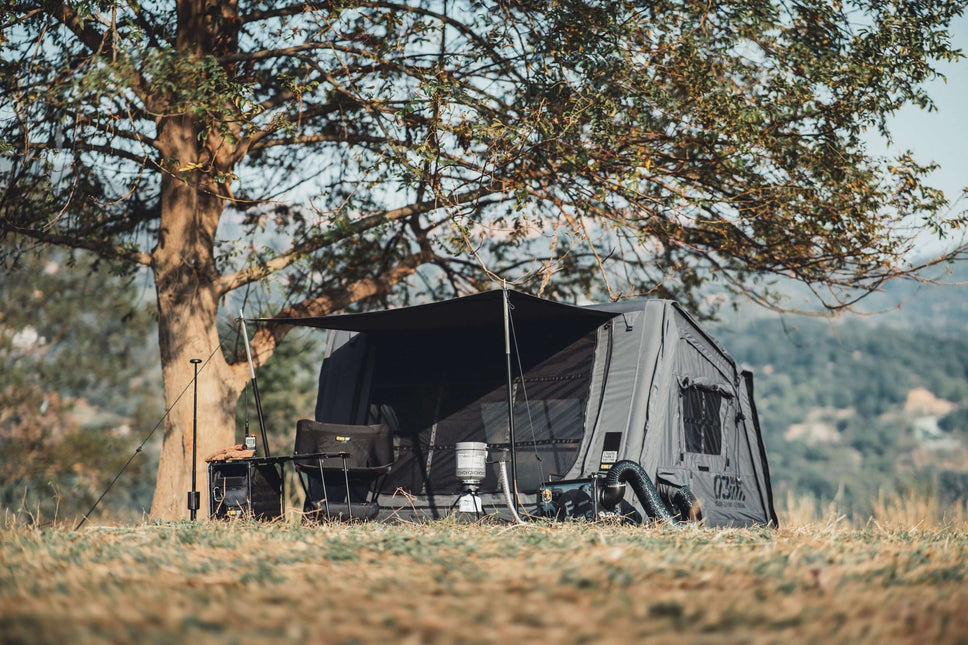Start by considering the size you need. Are you looking for a solo tent or one that accommodates the entire family? Don’t forget to account for additional space to store gear, such as backpacks, bikes, or even your pets. Also, think about portability—your tent should be compact and lightweight enough to carry and store easily. If you're planning activities like bike-packing or trekking, opt for a tent that’s light and easy to transport.
What Type of Tent Should You Choose?
The construction of your tent is crucial. Will it need to handle extreme weather conditions? Do you need extra headroom or a design that's easy to enter and exit? Consider factors like the tent's shape, number of poles, and overall structure, especially if you'll be camping in windy conditions. Don’t overlook the groundsheet—extra waterproofing might be necessary depending on the terrain. Assess whether additional accessories, such as specialized pegs, are required for your destination.
What’s the Best Tent Fabric?
Tent fabric plays a vital role in performance. The waterproofness of a fabric is measured by its "hydrostatic head" rating—the higher the number, the better the protection. For summer camping, UV resistance is another important feature. Choose a fabric that suits your environment without adding unnecessary weight or compromising durability.
How Heavy Should Your Tent Be?
If your adventures involve hiking or carrying your tent in a backpack, weight is a key consideration. For instance, some ultra-lightweight tents weigh less than 500 grams, perfect for adventure racing or long treks. Lightweight designs ensure you conserve energy while on the move, making your journey more enjoyable.
What Design Features Should You Look For?
Tent design influences both functionality and aesthetics. Look for practical features, such as zippers that are easy to use in cold weather, bright colors for visibility at night, and user-friendly pitching systems. A well-thought-out design ensures your tent performs well in real-world conditions and meets your specific needs.
Still Not Sure Which Tent to Choose?
If you’re unsure whether a compact trekking tent or a spacious family tent is best for you, don’t hesitate to reach out to our team or visit one of our retail partners. At Cosy Camp, we’re experts in outdoor living and can guide you through our tent collection, helping you find the perfect fit for your adventures.


















































